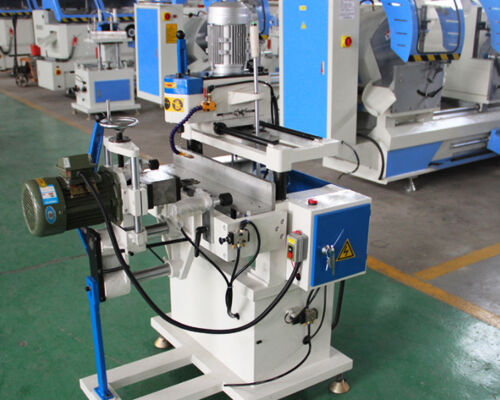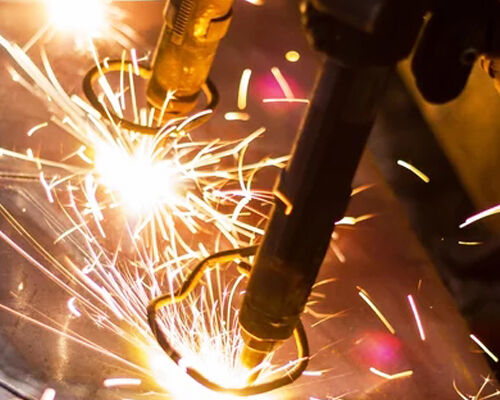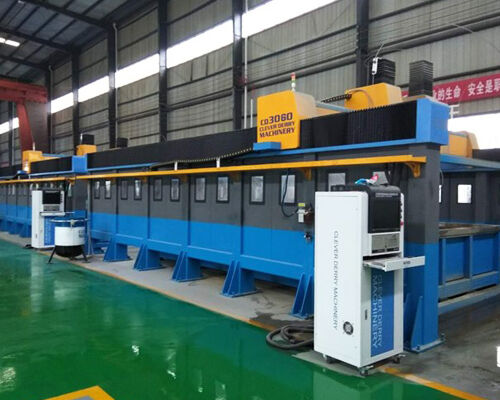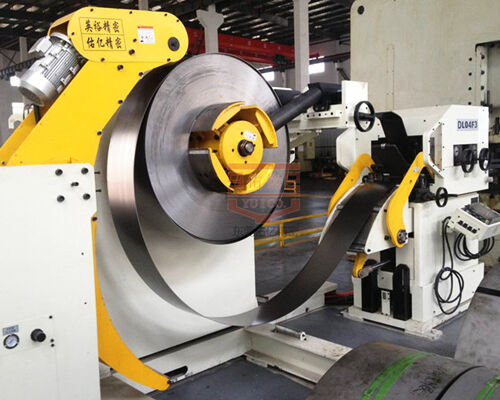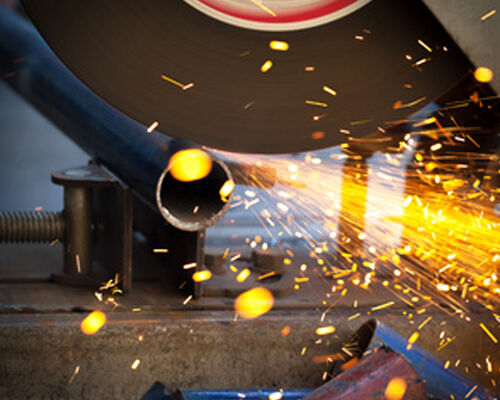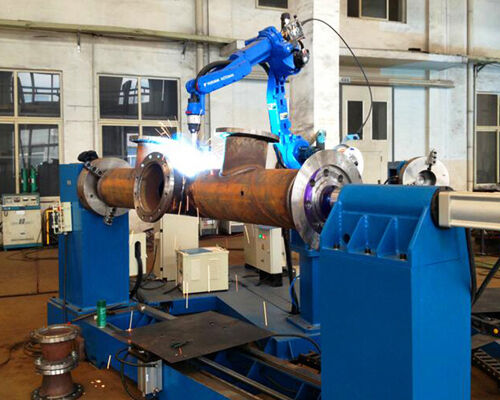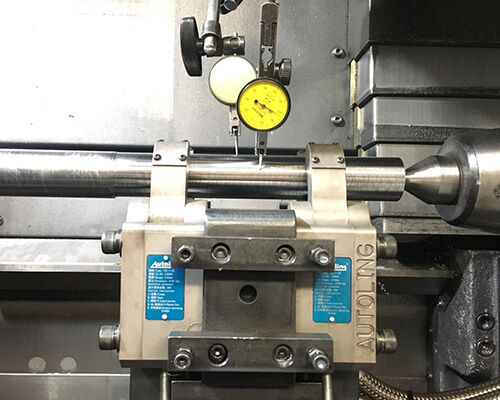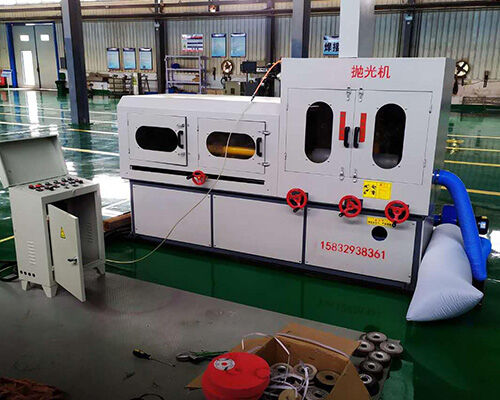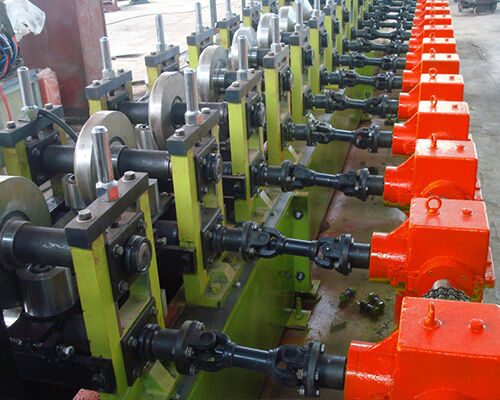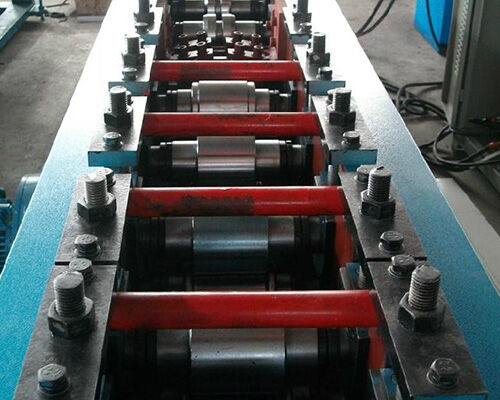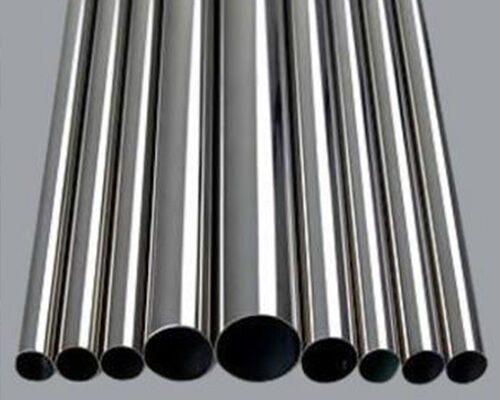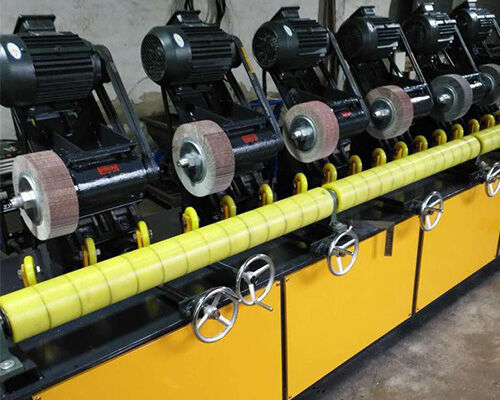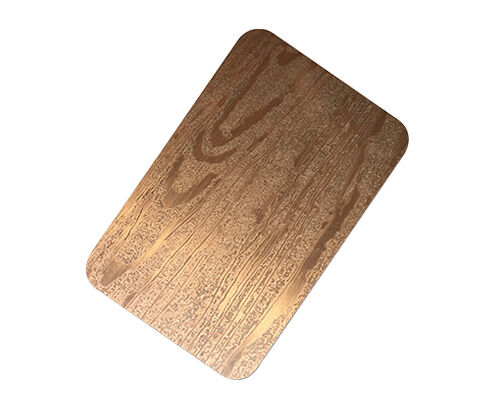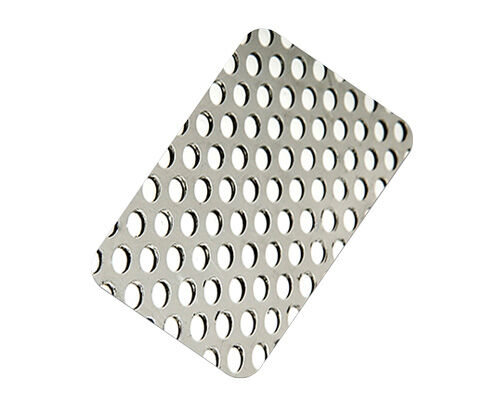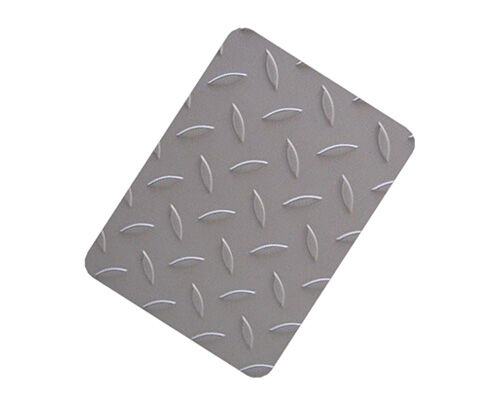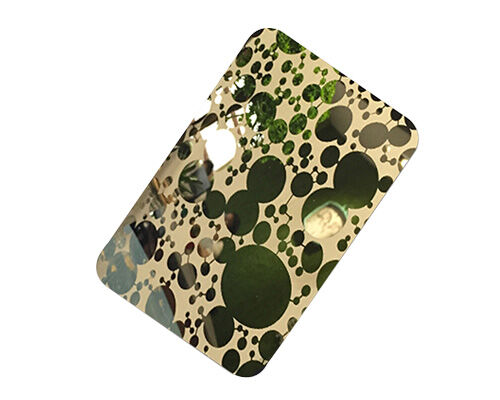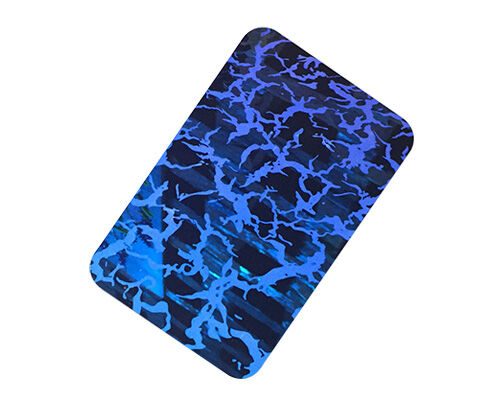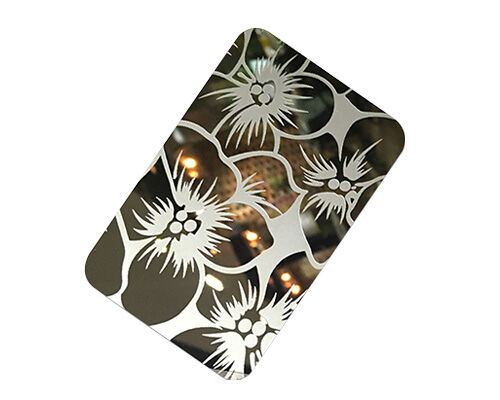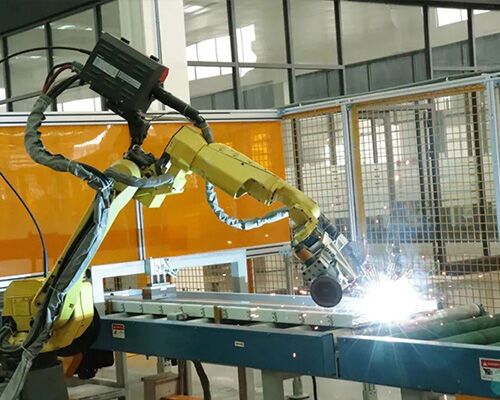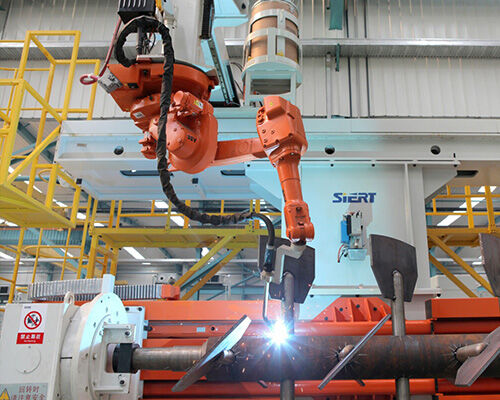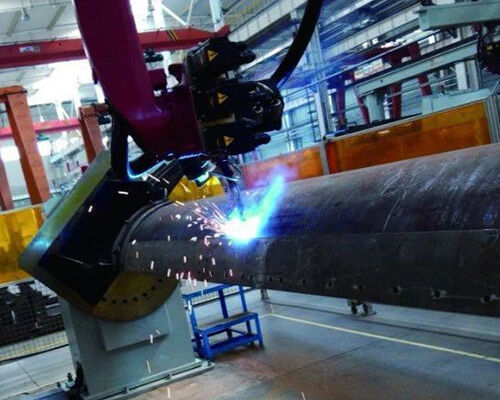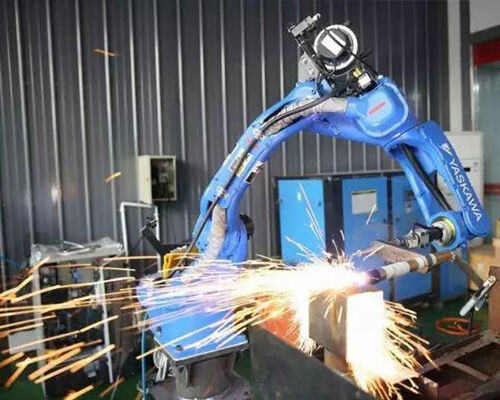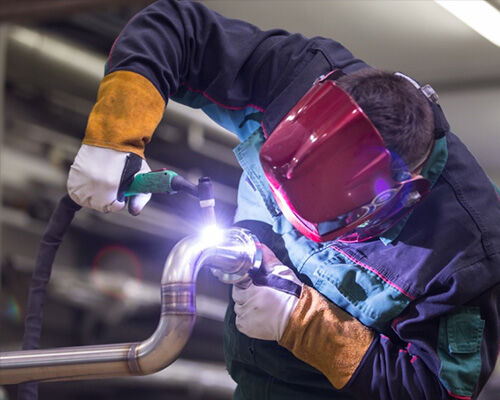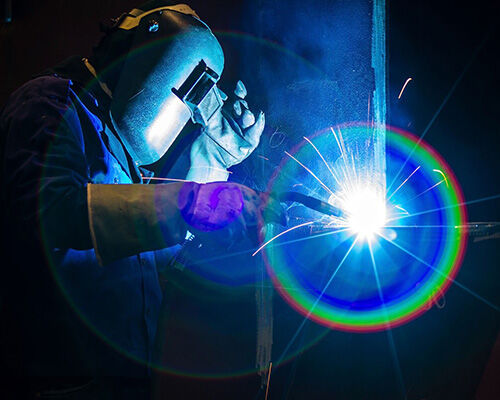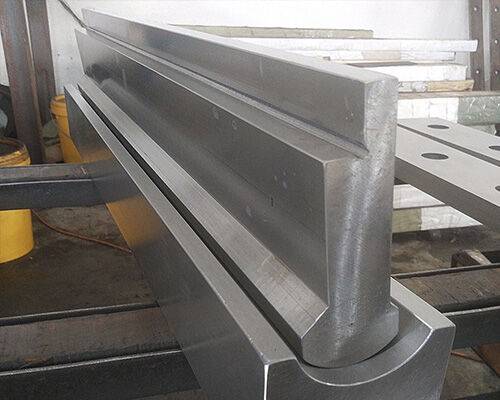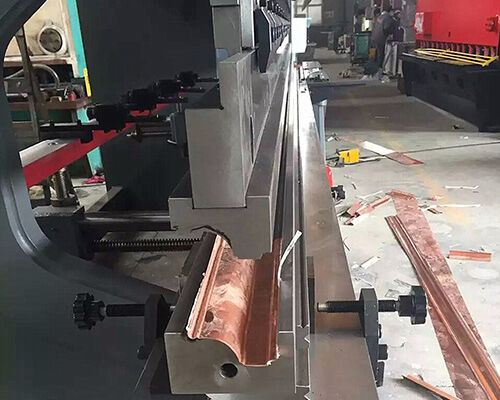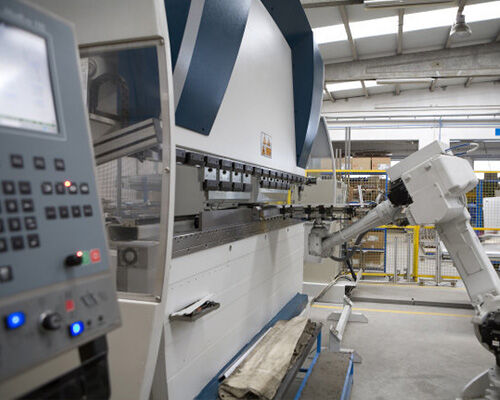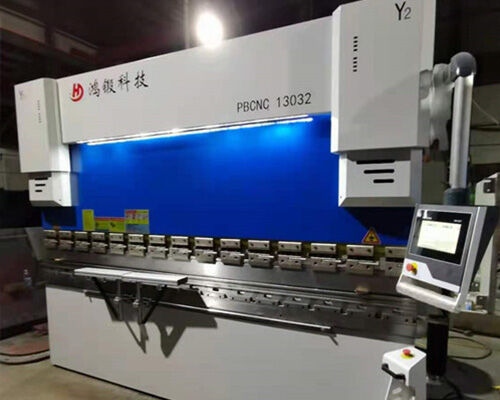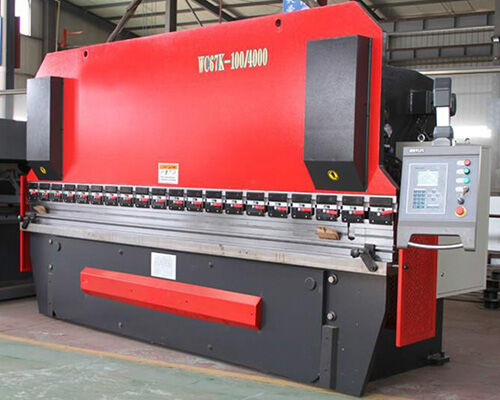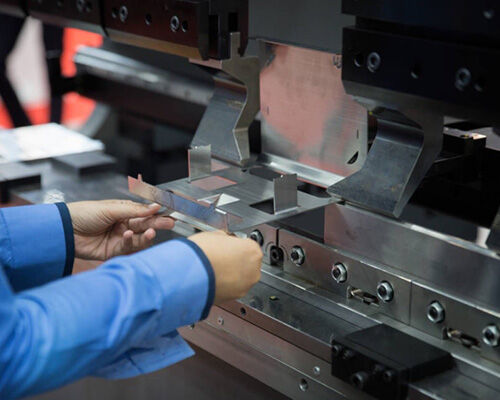Steel structure cutting generally refers to the process of melting, blowing slag and dividing the steel structure when the industrial gas and oxygen are mixed and burned to reach the temperature required for cutting. Currently used technologies include laser cutting, CNC cutting, flame cutting, water cutting, plasma cutting and so on. We can provide various customized processing services according to your needs
Laser cutting: It is to irradiate the work piece with a focused high-power density laser beam, so that the irradiated material rapidly melts, vaporizes, ablates or reaches the ignition point. open. Laser cutting is one of the thermal cutting methods. It is characterized by good cutting quality, high cutting efficiency, fast cutting speed, non-contact cutting and many types of cutting materials.
CNC cutting: It is an exponentially controlled flame, plasma, laser and water jet cutting machine, which performs full-time, automatic, high-efficiency, high-quality, and high-utilization CNC cutting according to the optimized nesting cutting program provided by the CNC cutting nesting software. CNC cutting represents a modern high-tech production method
Flame cutting: It is the most widely used cutting technology at present. It mainly uses the mixed combustion of gas and oxygen to generate high temperature to oxidize and melt the steel, so as to achieve the purpose of cutting.
Water cutting: It is a new cutting technology developed in recent years. It uses high-pressure water jet to cut steel plates. It has advanced technology and high cutting precision. It is suitable for cutting thin, medium-thickness and high-precision cutting steel plates.
Plasma arc cutting: It is a processing method in which the heat of a high-temperature plasma arc is used to locally melt (and evaporate) the metal at the incision of the workpiece, and the molten metal is removed by the momentum of high-speed plasma to form an incision. Plasma cutting with different working gases can cut various metals that are difficult to cut by oxygen cutting, especially for non-ferrous metals. Its main advantage is that when cutting metals with small thickness, the plasma cutting speed is fast When cutting plain steel sheets, the speed can reach 5~6 times that of oxygen cutting method, the cutting surface is smooth, the thermal deformation is small, and there is almost no heat affected zone.
Polishing refers to the use of mechanical, chemical or electrochemical action to reduce the surface roughness of the work piece to obtain a bright and smooth surface. It is the modification of the surface of the work piece by using polishing tools and abrasive particles or other polishing media. We can provide custom polishing service for stainless steel plate, stainless steel tube, stainless steel rod, etc.
During rough throwing, a large number of steel balls, lime and abrasives are placed in an inclined tank drum. When the drum rotates, the steel balls and abrasives are randomly rolled and collided in the drum to remove the convex front and reduce the surface roughness. For this purpose, a margin of about 0.01 mm can be removed.
For fine polishing, the barrels are filled with steel balls and pieces of fur, and rotated for hours to obtain a dazzling surface. The polishing of the precision linear ruler is carried out by immersing the machined surface in the polishing liquid. The polishing liquid is composed of a mixture of chromium oxide powder with a particle size of W5~W0.5 and an emulsion. The polishing wheel is made of finely degreased wood or special fine felt, and its motion trajectory is a uniform and dense mesh. The surface roughness after polishing is not greater than Ra0.01 micron, and it is observed under a microscope with a magnification of 40 times. No surface defects. In addition, there are methods such as electrolytic polishing.
Stainless steel surface treatment technology has the following treatment methods Surface hairline treatment, Surface mirror bright treatment, Surface color coating treatment, Surface etching treatment, Surface embossing treatment, Surface punching treatment. We can provide various surface customization services.
Surface hairline treatment is the manufacturing process of repeatedly using sandpaper to scrape the aluminum plate out of the line. This treatment can make the metal surface form a film layer containing the metal component, and clearly show every tiny silk mark, so that the metal matte shines fine. hair shine. In recent years, more and more products have used metal wire drawing process for their metal shells to play a beautiful and anti-erosion role. Make products with elements of fashion and technology. This is one of the reasons why the craft is so popular.
For the purpose of preventing metal corrosion and decoration, the coloring treatment technology for the surface of metal parts. After the metal is colored, the color on the surface is formed by the interference of light caused by the refraction or reflection of the light through the metal surface film. The interference of light waves in different optical paths presents different colors; when the thickness of the film is different, the surface color is also different; if the thickness of the film is not uniform, rainbow or variegated colors will be formed.
Etching is to remove the protective film of the metal etching area after exposure to plate making and development, and contact chemical solution during metal etching to achieve the effect of dissolution and corrosion, forming concave-convex or hollow molding effect.
Embossing refers to the use of machines to make various lines on the metal surface during the metal processing process to achieve the effect of beauty or certain purposes.
Punching is the process of making various holes on steel products according to the needs of customers. The round holes on the metal plate can be punched into various patterns according to the program of the programming staff.
Welding is a manufacturing process and technology for joining metals or other thermoplastic materials such as plastics by heating, high temperature or high pressure. We can provide various welding customized services.
Welding achieves the purpose of joining in the following three ways:
1. Fusion welding - heating the work piece to be joined to partially melt it to form a molten pool. After the molten pool cools and solidifies, it is joined. If necessary, a filler can be added to assist. It is suitable for welding of various metals and alloys. pressure.
2. Pressure welding - the welding process must apply pressure to the weldment, which belongs to the processing of various metal materials and some metal materials.
3. Brazing - use a metal material with a lower melting point than the base metal as the brazing filler metal, use the liquid brazing filler metal to wet the base metal, fill the joint gap, and diffuse with the base metal to connect the weldment. It is suitable for welding of various materials, and also suitable for welding of different metals or dissimilar materials.
There are many energy sources for modern welding, including gas flame, arc, laser, electron beam, friction and ultrasonic.
During the welding process, the work piece and the solder melt to form a molten region, and the connection between the materials is formed after the molten pool cools and solidifies. During this process, pressure is usually also applied. There are many energy sources for welding, including gas flame, arc, laser, electron beam, friction and ultrasonic. We can provide custom welding service
Bending - Under the pressure of the upper or lower die of the bending machine, the metal sheet first undergoes elastic deformation and then enters plastic deformation. At the beginning of plastic bending, the sheet is free to bend. The lower die exerts pressure on the sheet material, and the sheet material and the inner surface of the V-shaped groove of the lower die gradually close together, and at the same time, the radius of curvature and the bending force arm gradually become smaller, and the pressure continues until the end of the stroke, so that the upper and lower die and the plate are in contact with each other at three points. Tight and full contact, a V-shaped bending is completed at this time, which is commonly known as bending.
We can provide various metal bending custom services
Sheet metal bending is to change the angle of the sheet or the processing of the sheet. For example, the plate is bent into a V shape, a U shape, etc. Generally speaking, there are two methods for sheet metal bending, one is die bending, which is used for sheet metal structures with complex structures, small volumes and batch processing; the other is bending by a bending machine, which is used for processing structures Sheet metal structures that are larger in size or output not too large.

